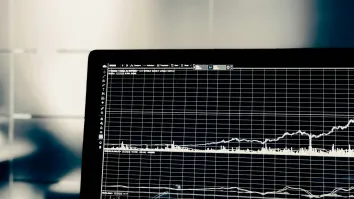HSBC profits crash 53% to $6b in FY2019
A goodwill impairment of $7.3b dragged down their profits.
Hongkong Shanghai Banking Corporation’s (HSBC) profits plunged 53% YoY to $6b in FY2019 compared to the previous fiscal year, the company announced. This is despite revenue rising 4% YoY or $2.3b to $56.1b over the same period.
A goodwill impairment of $7.3b dragged down the profits. Of this, $4b went to Global Banking and Markets (GB&M) expenses whilst $2.5b went to Commercial Banking (CMB) in Europe. This reflected lower long-term economic growth rate assumptions, and additionally for GB&M, the planned reshaping of the business, according to HSBC.
Profit was also adversely impacted by higher reported expected credit losses and other credit impairment charges (ECL), reflecting an increase in charges notably in CMB and in retail banking and wealth management (RBWM). Adjusted ECL grew by $1.1bn to $2.8b for FY2019.
On 18 February 2020, the Board announced a fourth interim dividend of $0.21 per ordinary share. This brings the total dividends per share to $0.51 for FY2019.
As of FY2019, the group’s total assets amounted to $2.71t, up 6.14% from the previous year’s $2.56t.
“The Group’s 2019 performance was resilient, however parts of our business are not delivering acceptable returns. We are therefore outlining a revised plan to increase returns for investors, create the capacity for future investment, and build a platform for sustainable growth. We have already begun to implement this plan, which my management team and I are committed to executing at pace,” said the group’s chief executive Noel Quinn.
Also read: HSBC to shed $100b in assets in massive revamp
Along with their FY2019 results announcement, HSBC highlighted plans to improve their returns in the next two years. These include a gross risk-weighted assessment (RWA) reduction of over $100b by end-2022.
Other goals by 2022 include reducing the adjusted base cost to $31b or below, for which HSBC has introduced a new cost reduction plan worth $4.5b; and a reported return on tangible equity (RoTE) in the range of 10% to 12%.
“We intend to sustain the dividend and maintain a CET1 ratio in the range of 14% to 15%, and plan to be at the top end of this range by the end of 2021,” the press release added.
The group also plans to suspend share buy-backs for 2020 and 2021 given the restructuring plans, but intends to return to neutralising scrip dividend issuance starting 2022.



















 Advertise
Advertise







